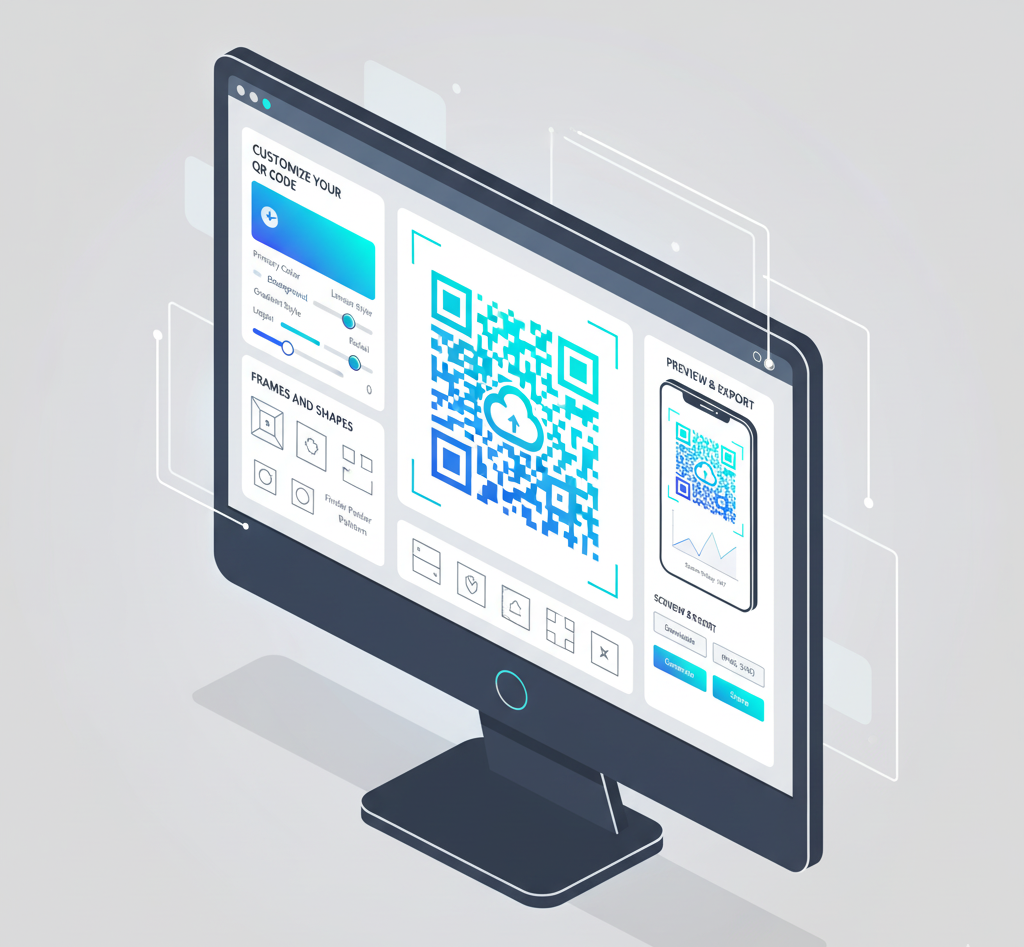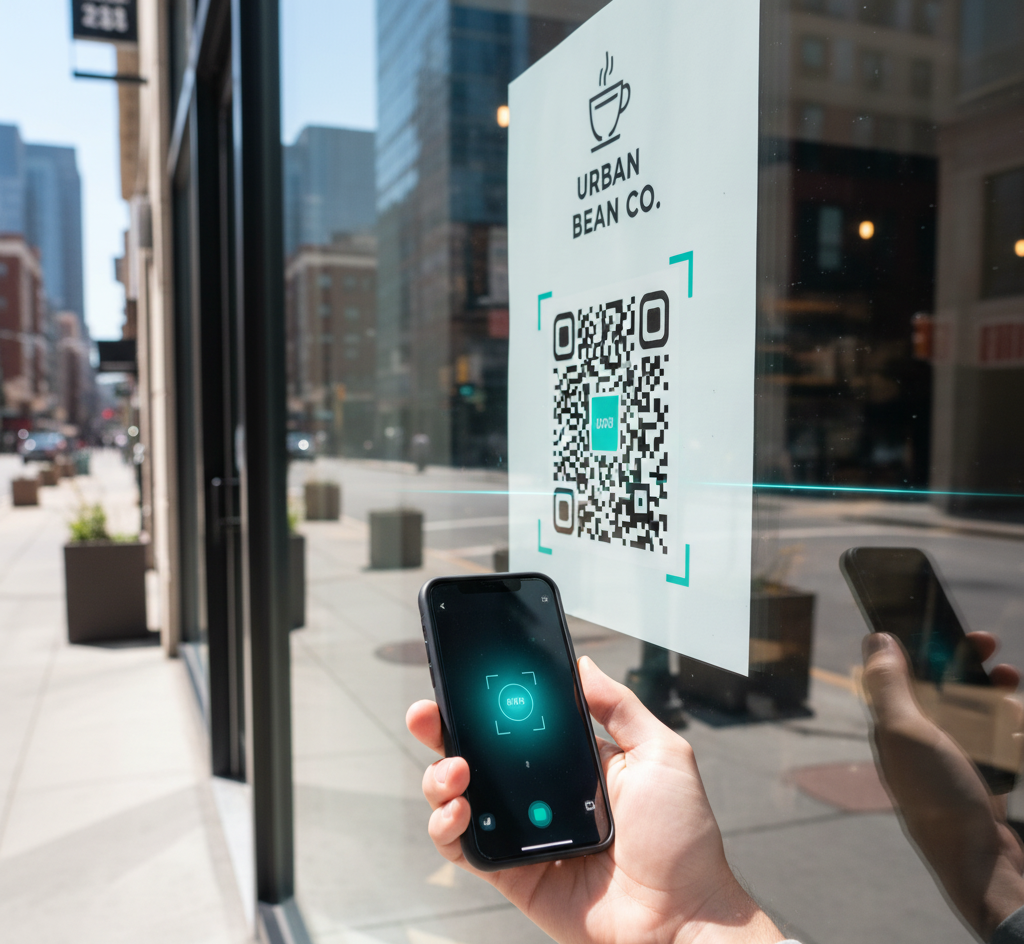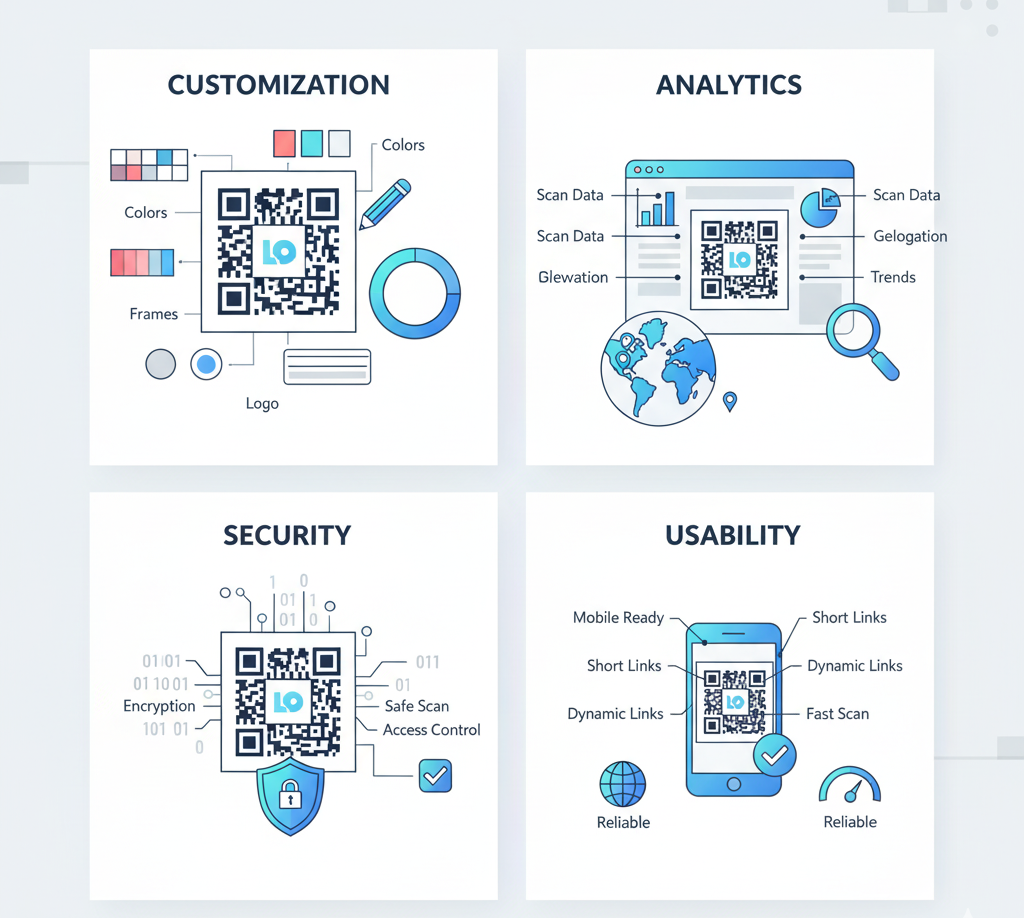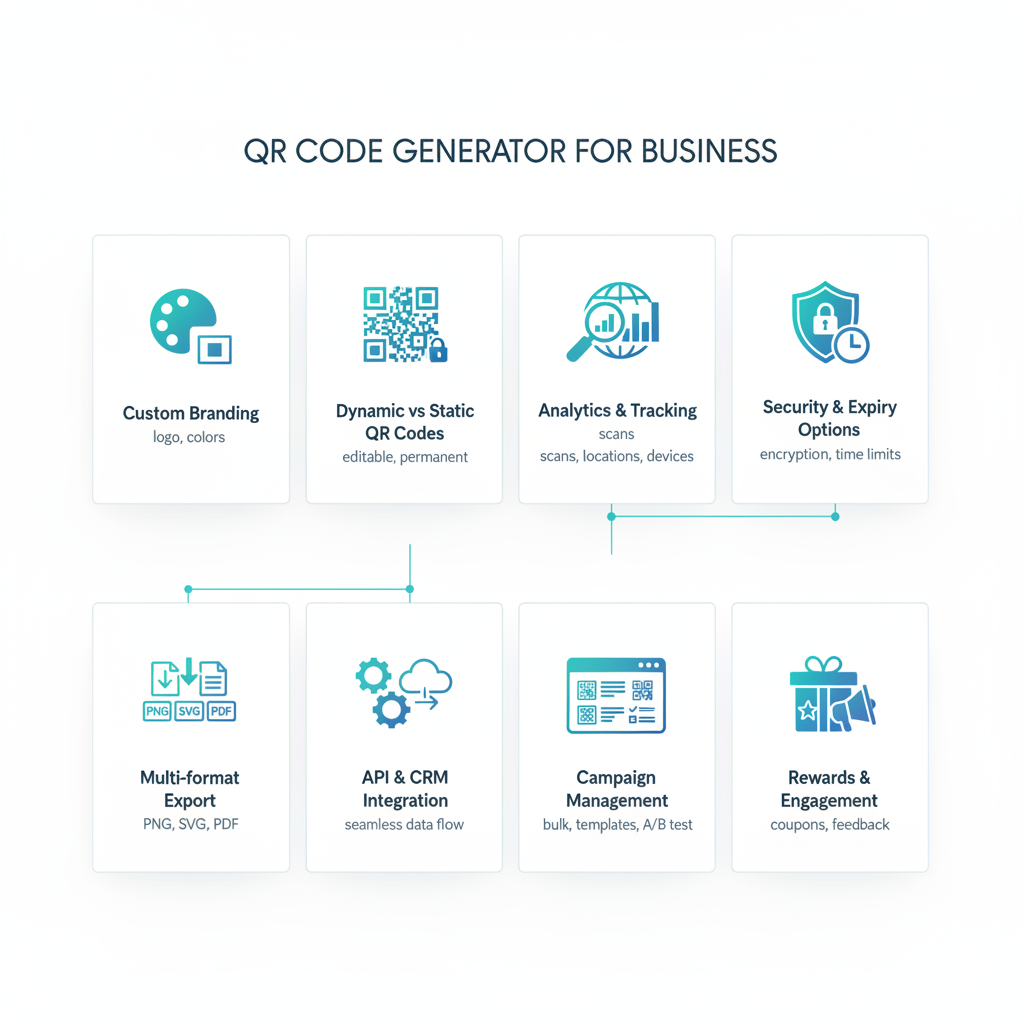
Why Businesses Need a QR Code Generator (Beyond “Make a Code”)
QR codes are now a standard entry point to digital experiences—payments, product pages, apps, support, loyalty, and more. A business-grade generator turns this into a repeatable system: consistent design, dynamic redirects, analytics, and governance so teams don’t create codes ad hoc with zero oversight. The right platform shortens time to launch, increases scan success, and protects your brand.- Marketing: campaigns with branded codes, trackable scans, A/B tests, and post-scan routing.
- Retail & OOH: signage, packaging, receipts, and displays that move users from discovery to action.
- Events: check-in, session materials, surveys, and lead capture in one scan.
- Operations: SOPs, inventory, returns, support flows—all with dynamic links you can update anytime.

Core Features Every Business QR Code Generator Must Have
1) Branded Design That Scans Reliably
Your codes should look like your brand without breaking scanability. Ensure the tool supports custom colors, embedded logos, gradient palettes, and shape variations—all with automatic contrast checks and safe error correction (usually M or Q). Good generators preview scan robustness and warn about risky designs.
2) Dynamic QR (Editable Without Reprinting)
Dynamic QR lets you update the destination, parameters, or routing rules after printing. That means fewer reprints, faster iteration, and the freedom to redirect traffic to promotions, localized pages, or app deep links as campaigns evolve.3) Analytics & Reporting You Can Trust
Bare-minimum analytics: scans over time, unique scans, location (country/city), device/OS, and referrer context when available. Better platforms support UTM tagging, cohort comparisons, and export to GA4 or BI tools. Some also detect bot scans and normalize time zones for cleaner reporting.4) Integrations & Automation
Look for native integrations (Shopify, HubSpot, Salesforce, Mailchimp, WordPress) and a clean API for bulk creation and lifecycle automation. Webhooks or event streams let you sync scans with CRM, CDP, and automations (for example, triggering emails, SMS, or support tasks after a scan).5) Security & Governance
A generator must prevent phishing look-alikes and keep links trustworthy. Prioritize: HTTPS enforced, signed/dynamic links, domain whitelisting, RBAC, SSO/SAML, audit logs, and link-health monitoring. For teams, workspaces and folder-level permissions help avoid “lost” QR codes.
Turn Every QR Into a Branded Experience
VISU helps businesses design, track and optimize dynamic QR codes that drive engagement and measurable conversions.
Design & Usability Considerations
Scannability is a design outcome. Keep a proper quiet zone (no visual noise around the code), strong foreground/background contrast, and an adequate physical size (e.g., posters with a total code size of ~3–4 cm for scans at 1–2 meters). Add a clear CTA (“Scan to get 10% off”), and use short, branded domains to build trust. For print, generate vector files (SVG, PDF) and high-resolution raster versions (2×/3×) for screens.
Advanced Features That Actually Drive ROI
Smart Routing & Personalization
Route by language, geo, device type, or campaign parameter (UTM). Light personalization (for example, localized content by region) increases conversion without adding friction for users. Deep linking sends people directly into your app with web fallback when needed.A/B Testing & Experiments
Test CTAs, landing pages, and code visuals (frames, colors). A solid generator should let you split traffic and compare metrics in the dashboard. Combine with rollout rules to automatically promote the best-performing variant.Bulk Ops & Templates
Teams need scale: create hundreds of codes from spreadsheets, use campaign templates (colors, logo, UTM), and apply bulk updates (for example, changing a short domain or parameters across many codes). For general adoption and performance benchmarks, market reports from sources like Statista help calibrate expectations by industry.Ready to Automate and Scale Your QR Operations?
VISU lets your team launch, edit and analyze hundreds of QR codes — all dynamically managed from one dashboard.
Choosing the Right Tool: A Practical Checklist
- Branding: colors, logo, frames, automatic contrast checks, and error-correction validation.
- Dynamic: edit destinations and UTMs after printing, rule-based routing, and deep links.
- Analytics: unique scans, geos, device/OS, UTM support, BI/export, and bot filtering.
- Integrations: Shopify, HubSpot, Salesforce, GA4, Zapier/n8n, webhooks, clean APIs.
- Governance: SSO/SAML, RBAC, folders, approval flows, audits, dedicated domains.
- Formats & QA: SVG/PDF/PNG, preset sizes, print-ready proofs and test sheets.
- Scale & Support: SLAs, enterprise support, code/scan limits, performance guarantees.
- Security: HTTPS, link verification, health monitoring, alerts, anti-phishing checks.
- Pricing: per user, per code, per scan; short-domain costs and add-ons clearly exposed.

Conclusion
A QR code generator for business should give you control, agility, and confidence: branded design that actually scans, dynamic links you can update, analytics that inform decisions, and integrations that fit your stack. With these core capabilities—and the extras that really drive ROI (smart routing, A/B testing, automation)—you turn QR codes from an isolated tactic into a scalable acquisition and relationship system.Launch Smarter, Branded QR Campaigns Today
From creation to conversion — VISU unifies design, routing, analytics and automation for every QR your business runs.
External references
FAQ: Business QR Code Generators
What’s the difference between static and dynamic QR codes?
Static codes have fixed destinations. Dynamic codes let you change URLs, apply routing rules, and capture analytics without reprinting.
How do I keep branded QR codes scannable?
Use strong contrast, preserve the quiet zone, and rely on generators that validate error correction when adding colors, frames, or logos.
Which analytics matter for business use?
Unique scans, time series, geo/device mix, UTMs, and cohort comparisons. Export to GA4 or BI and filter bot activity for clean reporting.
Can a generator integrate with my CRM, POS, or e-commerce?
Yes—look for native connectors and webhooks/APIs. VISU syncs scans and outcomes so you can trigger email/SMS and measure revenue impact.
What security/governance features should I require?
HTTPS enforcement, domain whitelisting, link-health monitoring, RBAC, SSO/SAML, audit logs, and anti-phishing/link verification.

